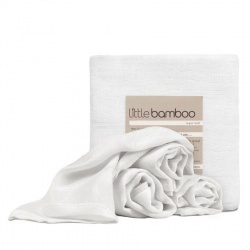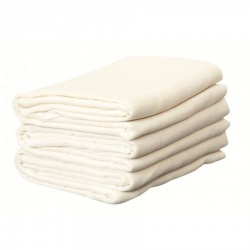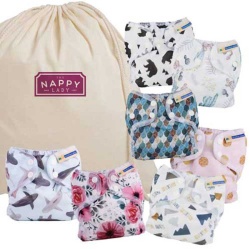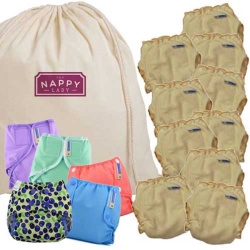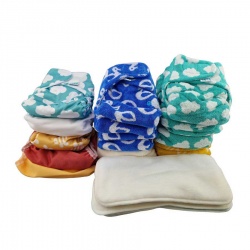Newborn Cloth Nappies
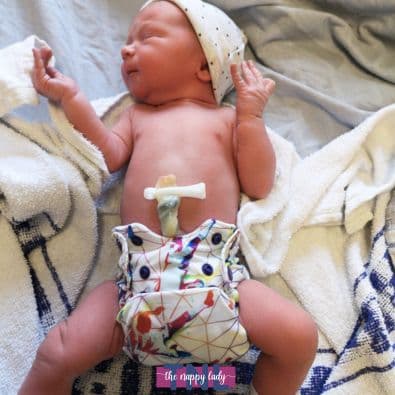
Although a ‘birth to potty’ nappy suggests it can be used from day one, in practical terms there’s a compromise on fit at either end of the weight range, and you’ll likely find them that little bit too bulky and fiddly to fit on a small newborn. If you want to start using cloth nappies immediately or shortly after birth, a specific newborn size nappy will be easier to use, give you a much trimmer fit and most importantly fewer leaks as a result.
Containment is key
For the first few months of your baby’s life, their only food is liquid, and liquid in = liquid out! Their poo will be very runny during this period, so you’ll want to look for a nappy with excellent containment to save their clothes from those up-the-back poo explosions that a newborn is so fond of producing. The best nappy for containment is always a two part system of fitted nappy with a waterproof wrap on top: if anything escapes the nappy, the wrap saves the poo from going onto baby’s clothing. Our favourite fitted nappies for a newborn are the Easy Peasy Bimbles, newborn Tots Bots Bamboozle and XS Mother-ease Sandy’s, and on top choose a Mother-ease Airflow or Rikki wrap, Rumparooz newborn wrap or Petite Crown Newborn Keeper wrap. With a two part system you can change just the nappy, reusing the wrap for up to four changes unless it becomes soiled with poo. When putting together your newborn two part system, aim to get one wrap per four nappies.
All In One
A newborn all in one nappy wins the cute factor! This might be the nappy you choose to take to clinic or baby group so you can show off the cute prints! An all in one nappy is quicker and easier to change than a two part nappy, but doesn’t quite offer the same level of absorbency and containment. Nevertheless they make an easy option for anyone else who may be changing baby’s nappy, or for yourself if you know baby has had their big daily poo!
Muslins
The basic muslin square is an essential part of the household for every family with babies and young children! Muslins can make an economical, trim fitting newborn nappy option, paired with a waterproof wrap on top. The muslin is a flat square that you fold into a nappy shape and secure onto baby with a nappy nippa. Not a safety pin in sight. The beauty of folding a nappy is that you can adapt the shape and absorbency to fit exactly where your little one needs it, which comes in very handy when they are growing so quickly in the first few weeks and months. Just like a two part system, you can reuse the same wrap for a few muslins unless the wrap has become soiled with poo. If you want to use cloth nappies from birth but are concerned about spending money on something that will only be used for a short time, muslins are definitely worth considering and will easily cover the initial nappy period before baby is ready to move into a Onesize nappy. Once the muslins are outgrown, you will always find uses for them later on as burp cloths and for mopping up sticky hands and faces. My muslins are still in use ten years later as cleaning cloths around the house! Muslins are readily available in most high street shops, but the Muslinz brand stocked at The Nappy Lady are especially designed for use as a nappy so are thicker and excellent quality.
Premature and small babies
If your baby has arrived early or is particularly small, you’ll want to look for a particularly trim fitting cloth nappy. Bubblebubs Bambams are the smallest newborn fitted nappy we have come across, and can be folded to fit a baby from 5lbs. On top you would use a smaller newborn wrap such as the Thirsties Newborn/Preemie wrap or the Rumparooz newborn wrap; both fit from 4lbs. Muslins are always adaptable to size as above, or if you’d prefer an all in one nappy, the Lil Joey or Pebbles newborn nappies are smaller options.
Be aware that if baby will be spending some time in neonatal or special care units, the medical staff may require the use of disposable nappies for hygiene purposes or to monitor baby’s output. In these instances it’s worth speaking to the team for their advice, and you may wish to go prepared with the weight of a dry nappy to assist with monitoring output.
Newborn cloth nappy routine
For most newborns, the average change frequency during the day would be every 2 hours, regardless of the type of nappy used, so expect to be changing 10-12 nappies a day. This makes it easier to monitor baby’s wee and poo output while you are still getting feeding established, and also helps to keep a newborn’s sensitive skin nice and clean. It’s quite common for a newborn to show some signs of nappy rash or skin redness in the first few weeks as their skin gets used to being out in the open air; this usually settles after a short while. For this change frequency and washing alternate days, you would need around 20-24 nappies in total, with one wrap per four nappies if using a two part system.
During the first few weeks, I’m afraid to say but you’re likely to be changing nappies just as frequently overnight as you would during the day, as baby will still likely be feeding frequently overnight. During this phase, you can by all means continue to use the same nappies during the day and night as they won’t be on for very long. As the intervals between night feeds and changes get longer (I promise it will eventually!) you might then wish to consider a more absorbent night nappy. The Bimbles or Sandy are perfect, or if you’re using muslins during the day you can use two together for double the absorbency – just put one on top of the other before folding as normal.
But what about the poo? Breastfed poo is water soluble so can go straight in the machine and will wash away completely. Many families aren’t so keen on this idea, so if this is you, you might prefer to rinse off the worst of the contents into the toilet first, before putting the nappy in the bucket to wait for its wash. A nappy liner can make clearing up a dirty nappy much easier! A fleece liner is ideal as it stays in place much better against the liquid poo. If you’d prefer to use a paper liner, choose one that is nice and thick and less likely to bunch up inside the nappy. We like the Bambinex paper liners for a newborn.
How Frequently Do You Change Cloth Nappies?
During the day, every 2½ - 4 hours, depending on baby's age and how heavy a wetter they are, but always straight after a poo. At night, if you add extra absorbency, the baby can stay in the same nappy for 12 hours or more (unless they poo). Visit our how often to change cloth nappies article for full details.
Newborn Nappy Hire Kits
Here at The Nappy Lady we would love everyone to have the option of using tiny newborn nappies for ease, but understand that it can be a large cost for something that will only be used for a short period. We have a range of newborn nappy kits that you can hire for three months, to cover the initial newborn period. While the initial cost seems high, your deposit is returned at the end of your hire period, making the cost to hire as little as £50 for three months. Once baby has reached this age, most will then be ready to transition straight into a Onesize nappy. Hiring nappies also comes with an environmental benefit as they are reused rather than buying new each time.
The Telegraph Tried & Tested Best Reusable Nappies
Read the 2024 best reusable nappies as tested by The Telegraph.
If you need help choosing the best newborn cloth nappy system for your family, our advice team is always here to make recommendations and guide you through using them.
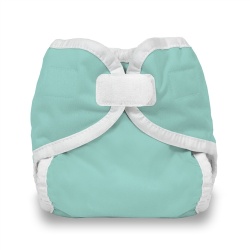
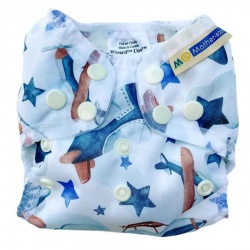
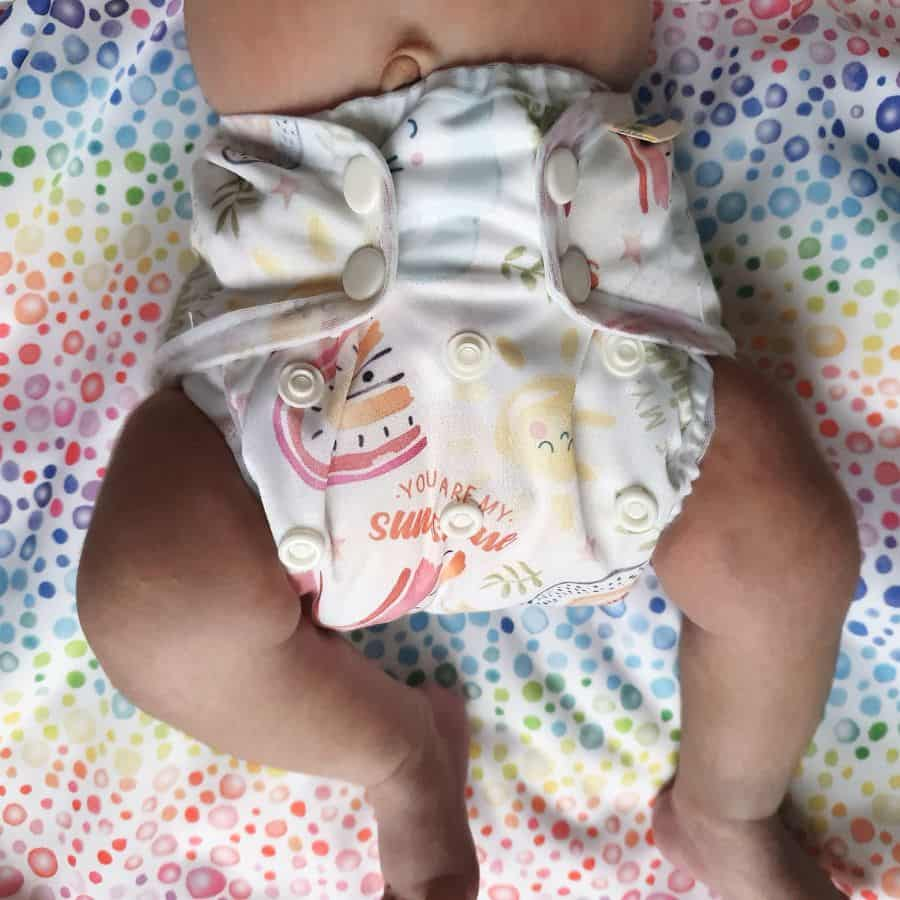
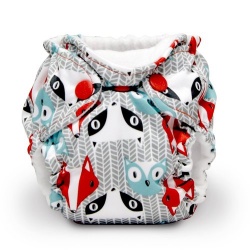
.jpg)
.jpg)
.jpg)
.jpg)
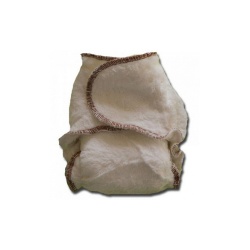
.jpg)
.jpg)
.jpg)
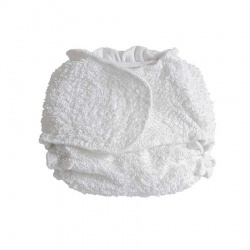
.jpg)
.jpg)
.jpg)
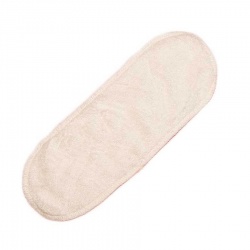
.jpg)
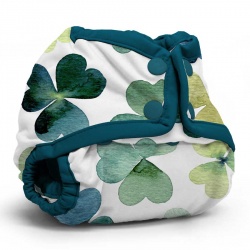
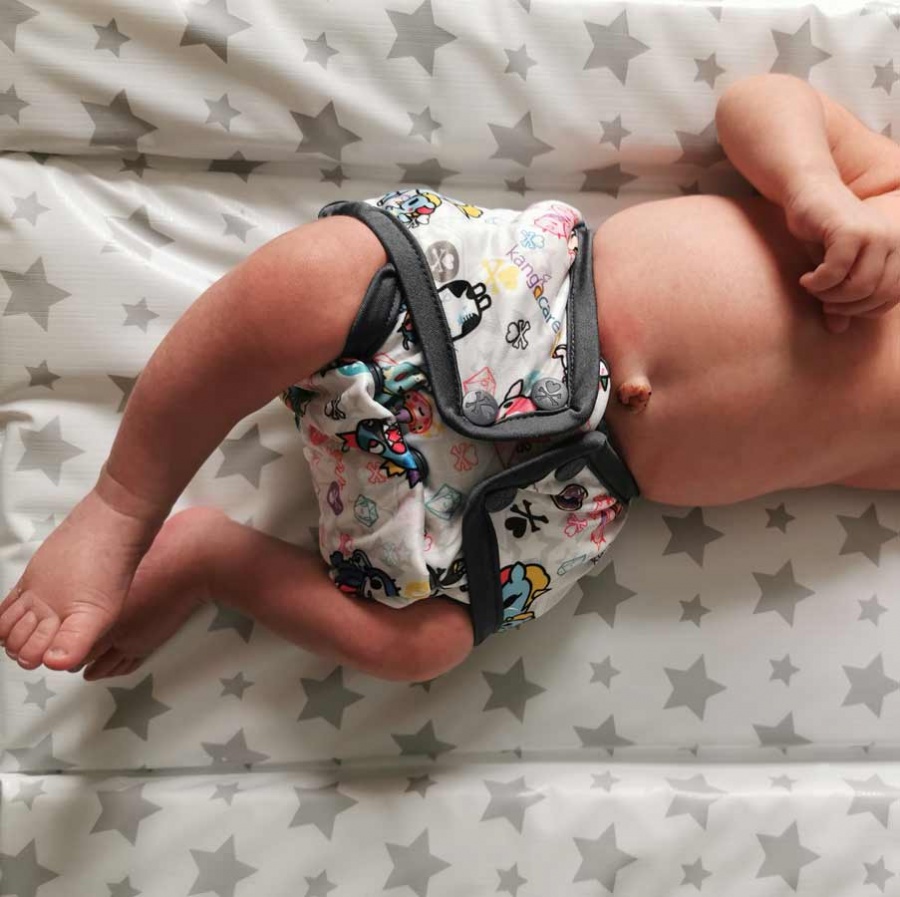
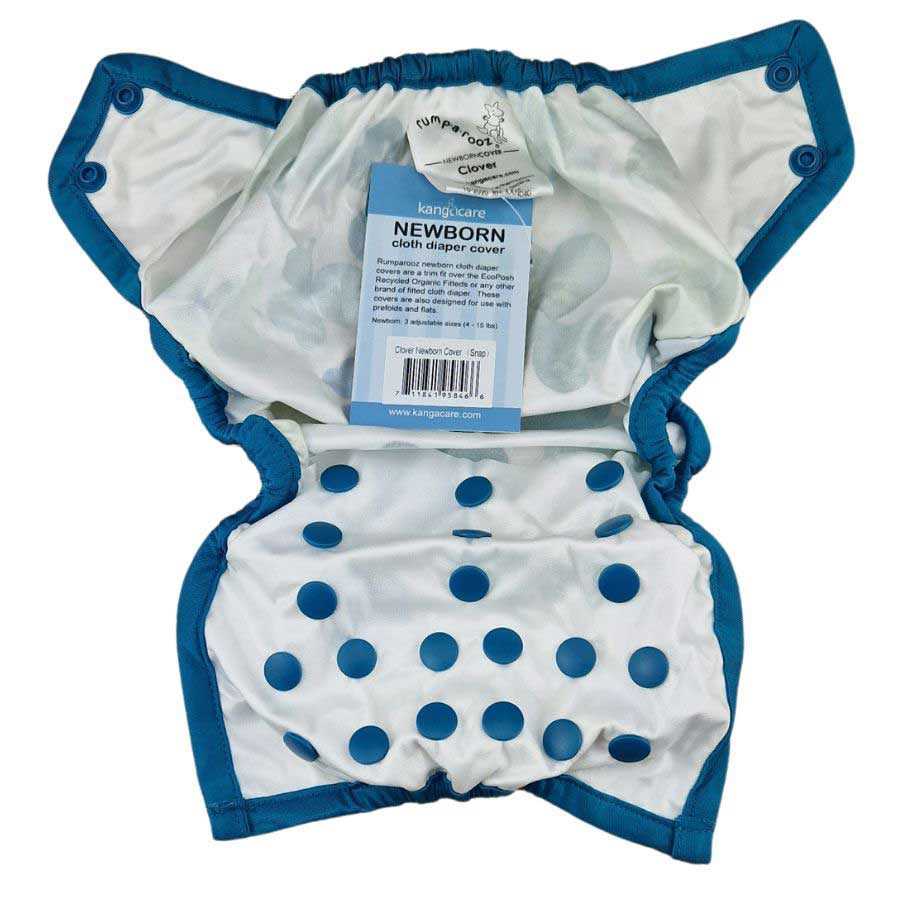


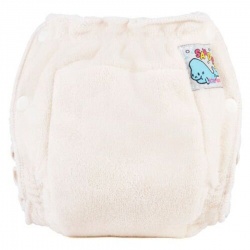
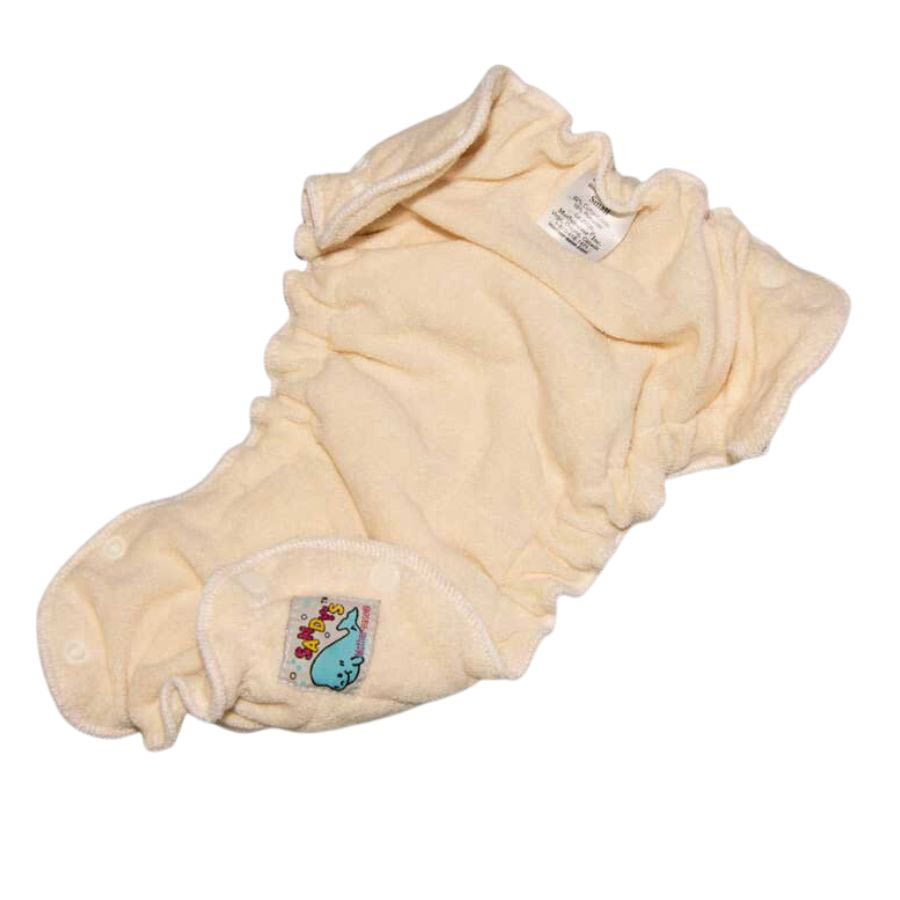
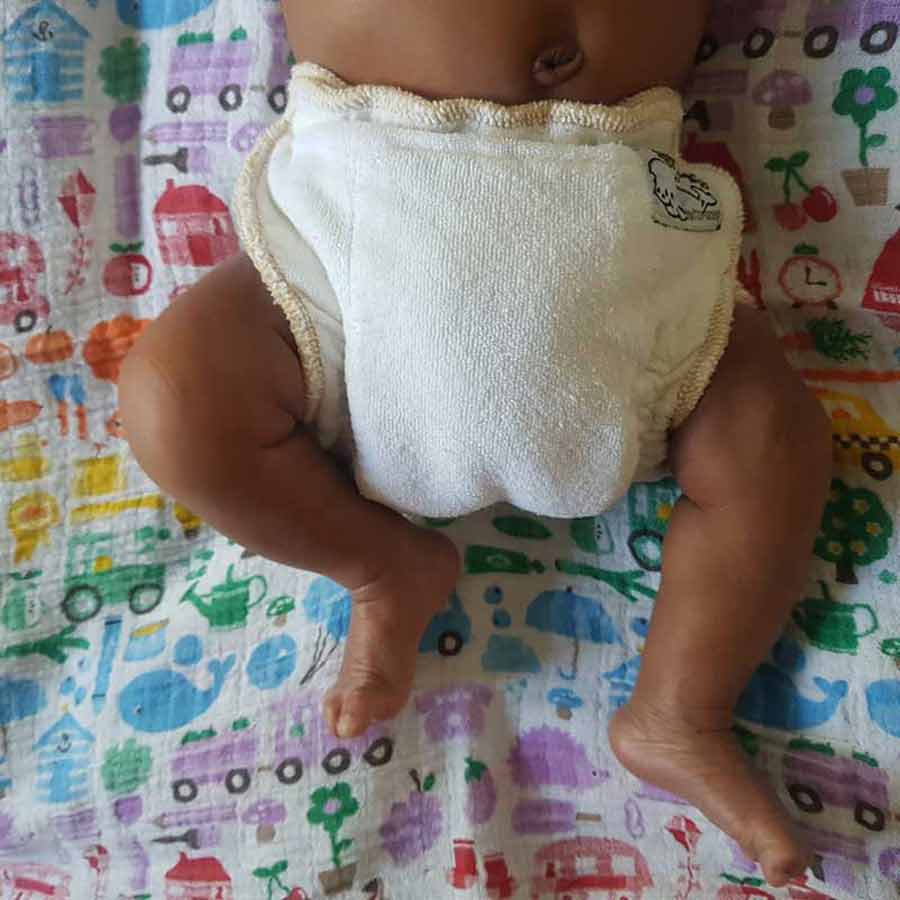
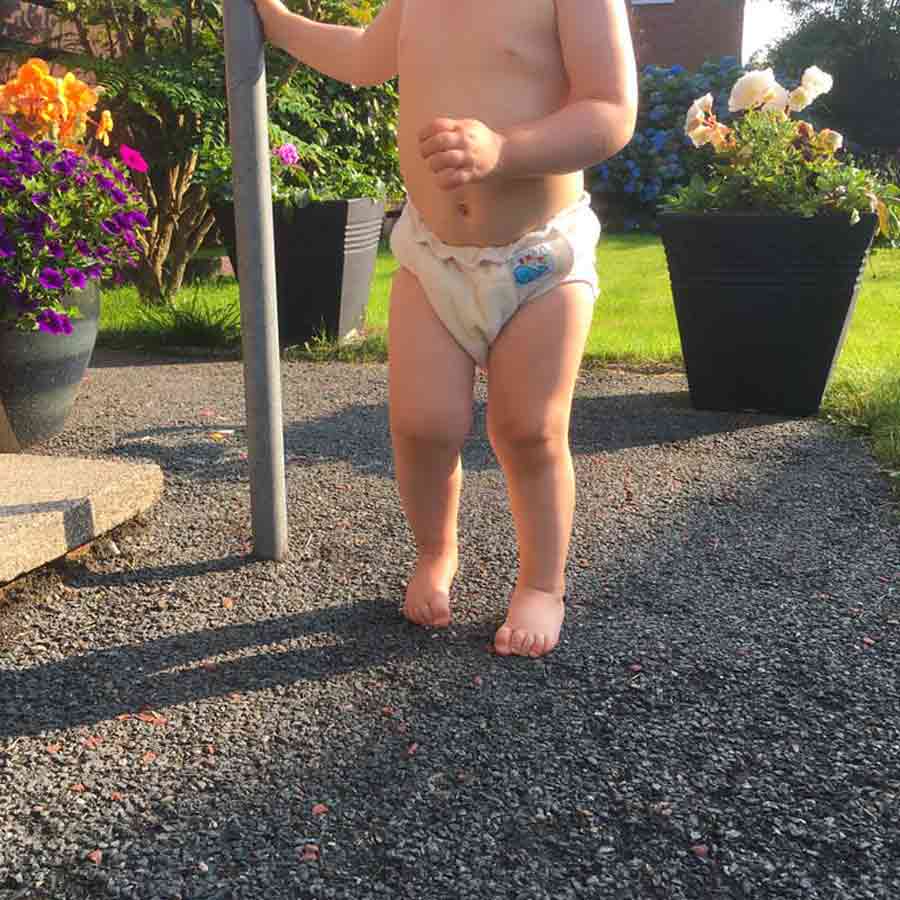
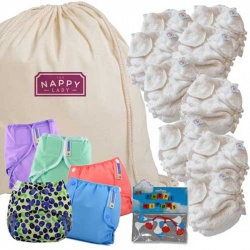
.jpg)
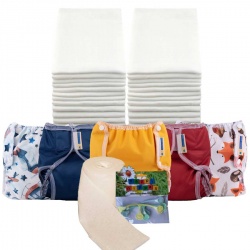
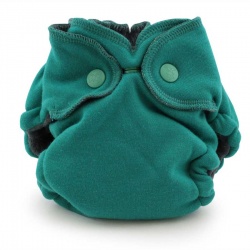
.jpg)
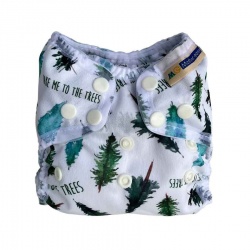
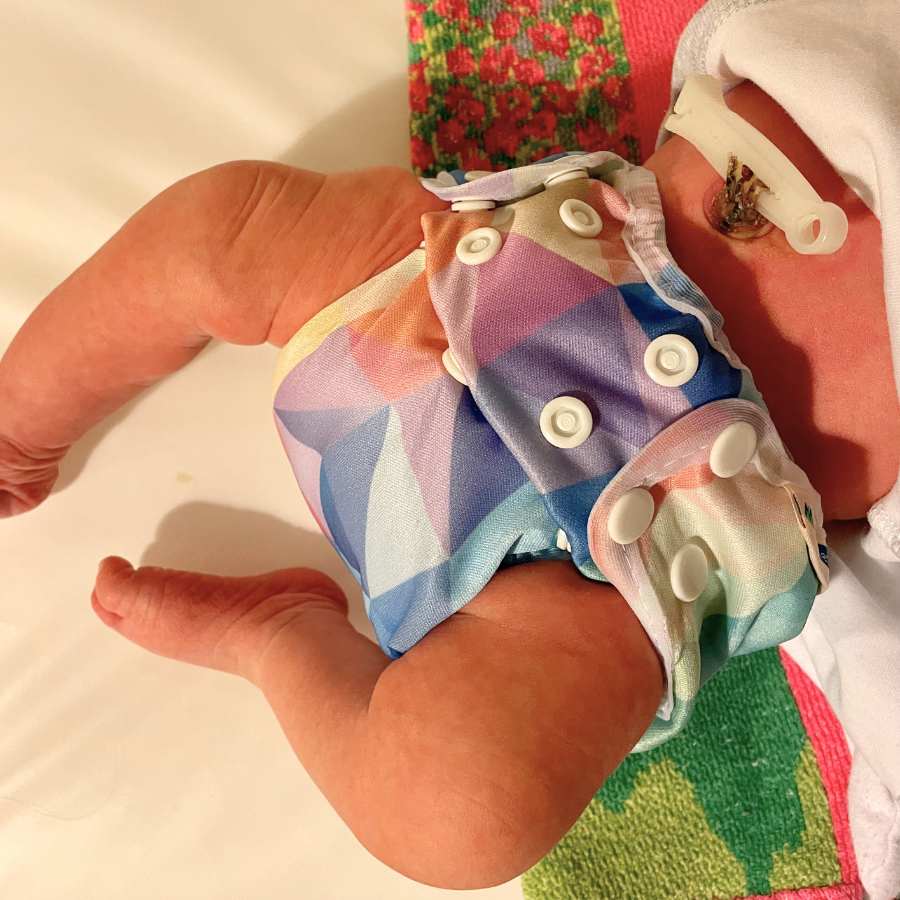
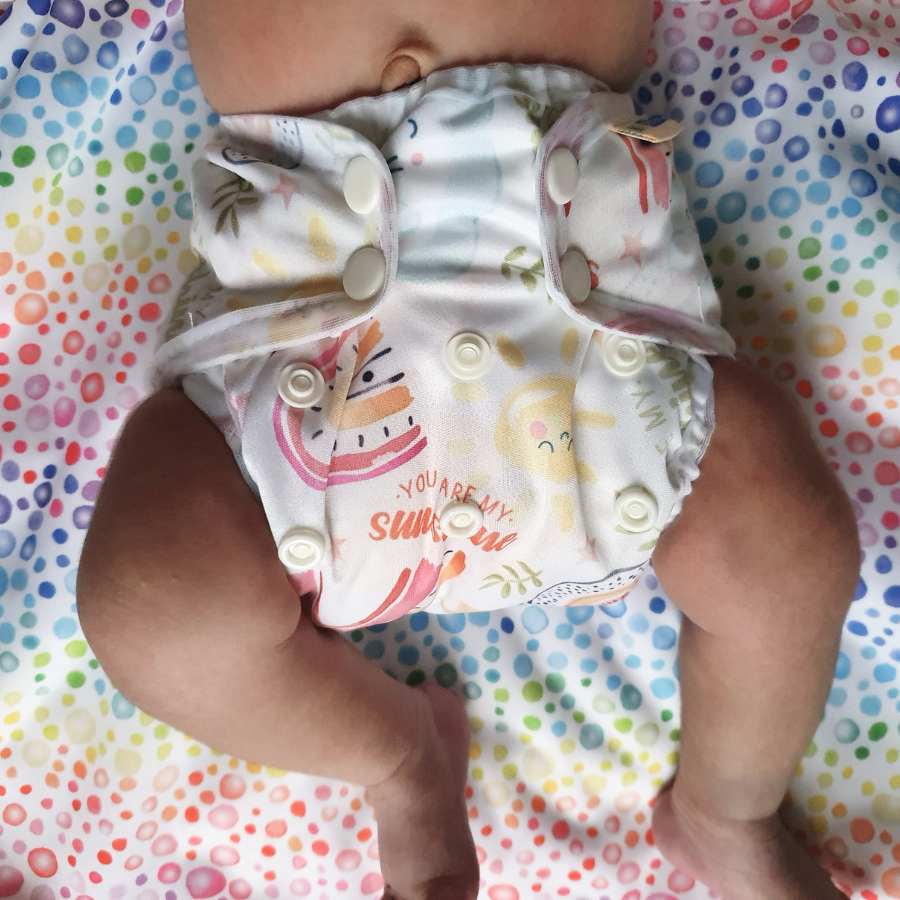

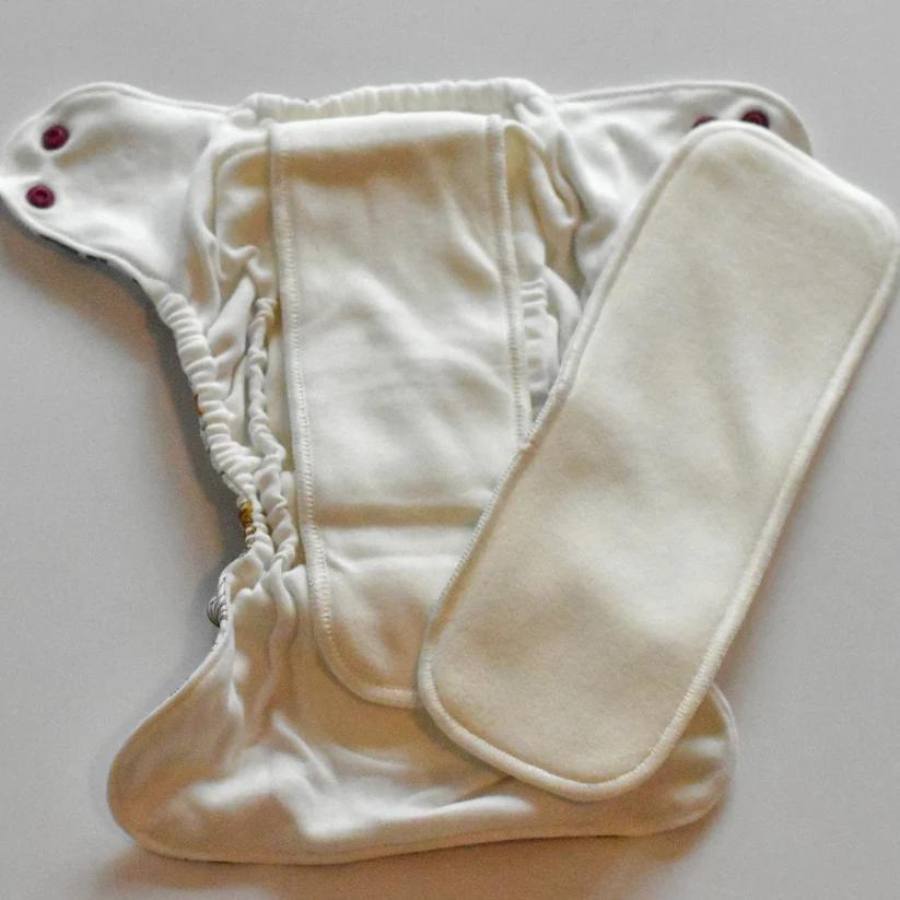
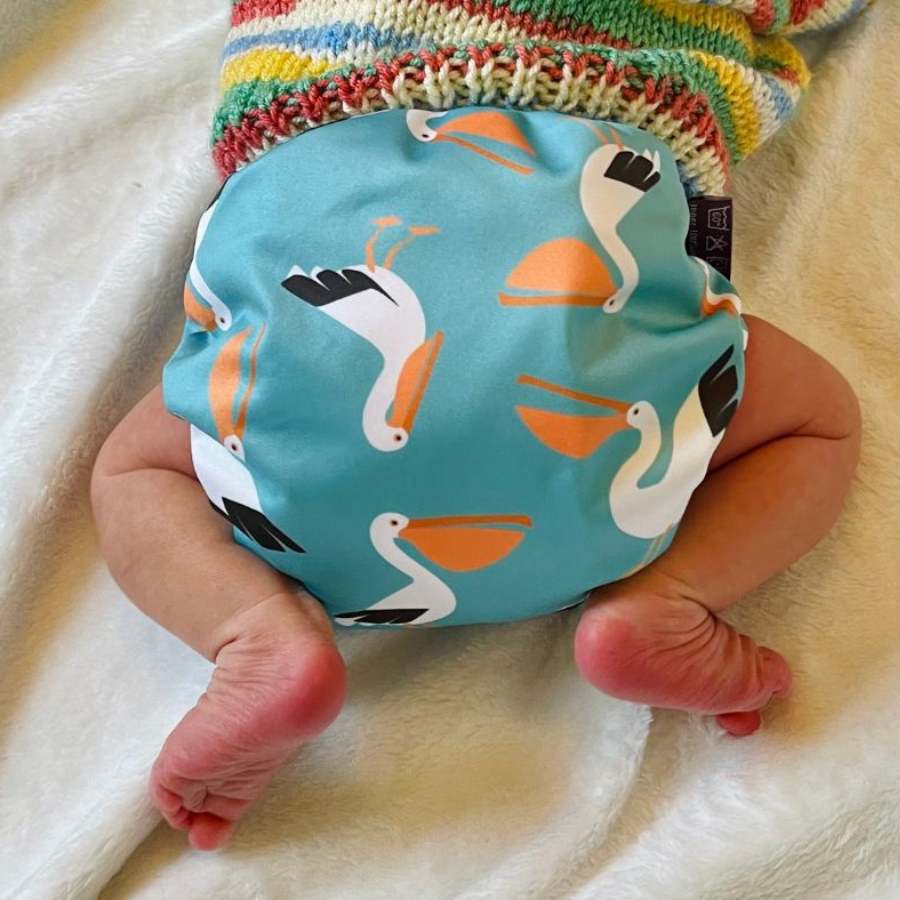
.jpg)
.jpg)
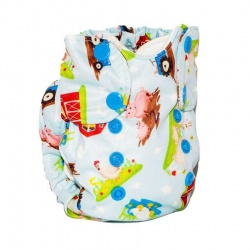

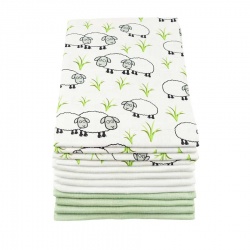
.jpg)
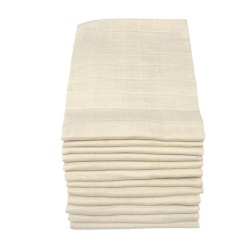

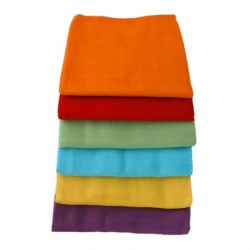
.jpg)

